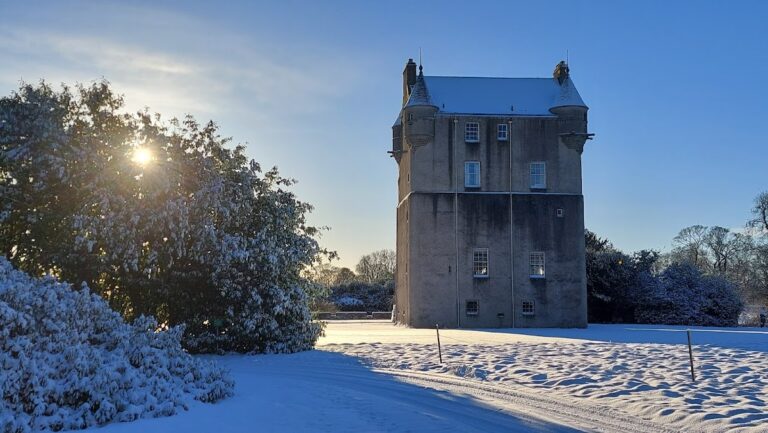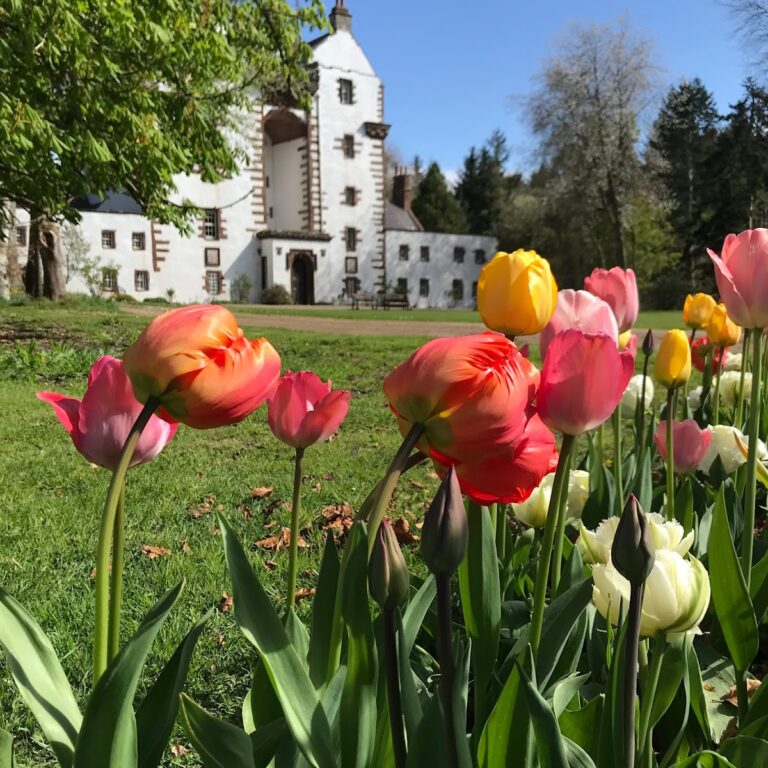Gight Castle: A Historic Scottish Medieval Fortress
Visitor Information
Google Rating: 4.6
Popularity: Very Low
Google Maps: View on Google Maps
Country: United Kingdom
Civilization: Unclassified
Remains: Military
History
Gight Castle stands within the municipality of Ellon in Scotland, built by Scottish nobility during the late medieval period. The estate became associated with Clan Gordon after its acquisition around 1480, marking the beginning of its documented history.
The castle was constructed around 1560 by George Gordon, the second Laird of Gight. He inherited the estate following the death of his father, the first Laird, who lost his life fighting at the Battle of Flodden Field in 1513. This period saw the establishment of the castle as a fortified residence for the Gordons, reflecting their status and the turbulent dynamics of 16th-century Scotland.
In the late 18th century, the castle’s ownership shifted due to financial difficulties. Catherine Gordon-Byron, the 13th and final Laird of Gight, sold the property in 1787 because of the monetary losses of her husband, known as “Mad” Jack Byron. This sale occurred just a year before the birth of their son, George Gordon Byron, who would become the renowned poet Lord Byron.
Following this, the castle was acquired by the 3rd Earl of Aberdeen and passed to his son, George Gordon, Lord Haddo, and Lady Charlotte Baird. Their lineage included George Hamilton-Gordon, who rose to become British Prime Minister as the 4th Earl of Aberdeen. After Lord Haddo’s death in a riding accident, the family abandoned the castle, leading to its gradual decline and ruin.
Remains
Gight Castle originally featured an L-shaped design measuring roughly 20.74 by 16.16 meters. The main entrance was positioned within the larger section of the structure, away from the inside corner where the two wings met. Upon entry, visitors would have encountered a vaulted vestibule, which displayed various coats of arms, suggesting the heraldic significance of the Gordons.
A corridor extended from this entrance hall, connecting to several ground floor rooms. Among these were two vaulted storage cellars, a bakehouse located in the main building, and a kitchen situated in the wing adjoining the principal portion of the castle. Access to the upper floors came by way of a staircase placed in the area joining the main block with the annex, emphasizing efficient internal circulation.
On the first floor, the castle contained a great hall within the primary building, serving as the central gathering place, while private chambers were arranged in the secondary wing, separated by a small vaulted sleeping chamber. Evidence shows that floors above the first no longer survive, indicating significant deterioration over time.
At some point after the initial construction, a new wing was added on the northeast side of the castle, representing a later phase of expansion. Today, Gight Castle remains as a ruin. Its status as a Scheduled Monument underscores the site’s recognized cultural and historical value, despite its fragmentary condition.










